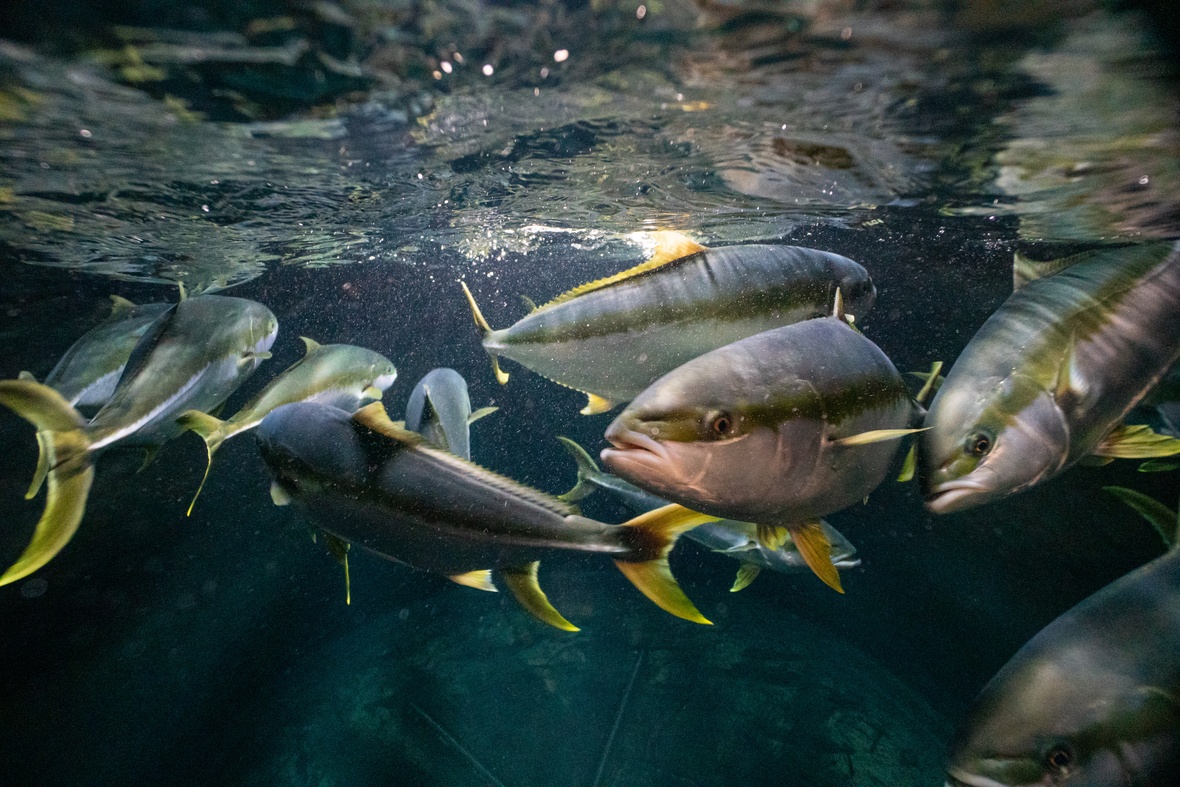News

Very High Heart Rate and Acceleration in Fast Swimming Yellowtail Kingfish
Yellowtail kingfish (Seriola lalandi) is an active and fast-growing marine species, with efficient conversion of feed to fish and behaviour suitable for aquaculture conditions. It is becoming a popular fish in Recirculatory Aquaculture System (RAS) aquaculture worldwide.
30 fish implanted and tested
Researchers from Animal Breeding and Genomics and Experimental Zoology Group at Wageningen University in the Netherlands implanted 30 yellowtail kingfish approx. 500g with Star-Oddi DST milli-HRT ACT heart rate and activity loggers. A swim trial at various speeds (0.0-1.0 m/s) in a Blazka-type swim tunnel respirometer, followed by a four-step stress evaluation, were conducted. Tail beat frequency and amplitude as well as head movement was derived from video and cortisol concentrations from water was also measured. Temperature was kept stable at around 24°C.
Heart rates over 200bpm measured
Oxygen consumption, heart rate, and acceleration all increased with increasing swimming speed. At 0.0 m/s, the fish used a high level of oxygen, revealing that yellowtail kingfish need to swim to provide sufficient water flow over the gills to extract enough oxygen. At 1 m/s, the highest swimming speed, heart rates averaged around 160bpm, with some exceeding 200bpm. Simultaneously, acceleration or activity levels were 25mg on average and as high as 50mg calculated from average external acceleration (AvgEA).
Oxygen consumption and heart rate were only correlated when the fish were swimming near the optimal swimming speed. In the last part of the stress experiment, a chase protocol was performed, with the average heart rate peaking at 186bpm and the average acceleration/activity at 46mg.
Incorporating acceleration and heart rate into energy models
The researchers' conclusion suggests that the data on acceleration and heart rate can serve as valuable tools for modelling the energy expenditure during both consistent swimming and sporadic stress-induced movements. This energy economy model holds promise for accurately estimating the energy utilized by fish in field studies and for enhancing the efficiency of yellowtail kingfish farming through targeted exercise regimes.
The paper was recently published in Biology and can be found here